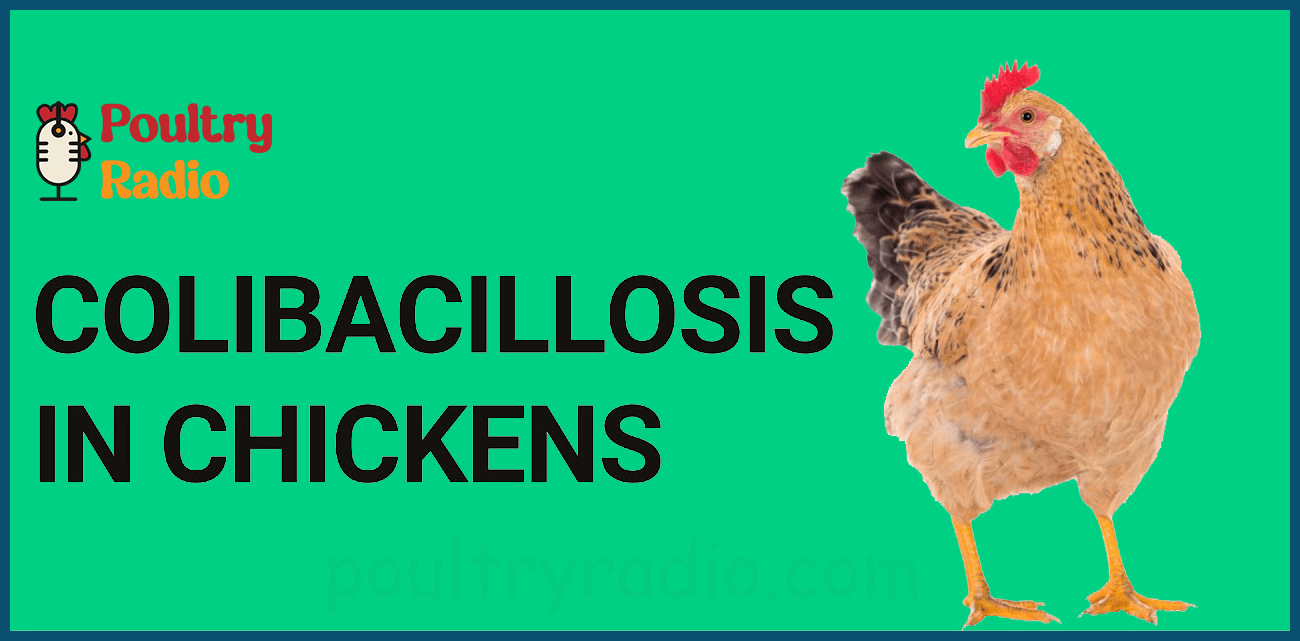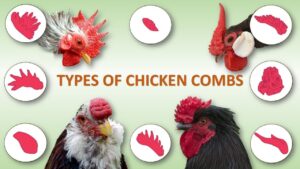Chickens Under Siege: Battling the Silent Threat of Colibacillosis for Healthy Coops!
Colibacillosis, also known as colibacillary infection, is a bacterial disease that affects chickens. Colibacillosis is caused by Escherichia coli (E. coli) bacteria. E. coli is a typical inhabitant of chickens’ and other animals’ intestinal tracts.
E. coli can, however, become dangerous and result in sickness under specific circumstances, such as stress, crowding, inadequate sanitation, or other elements that impair the chicken’s immune system. Young birds are more frequently infected than mature birds.
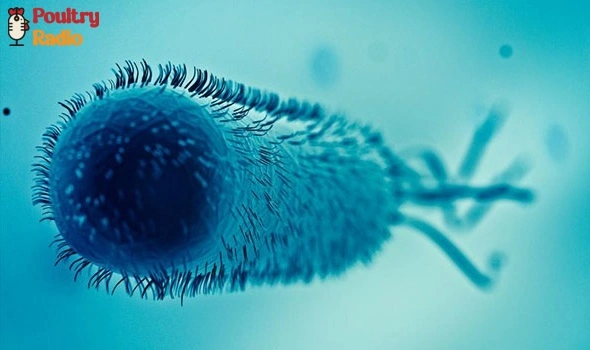
Colibacillosis or e-coli in chickens may occur in several forms, including:
Airsacculitis, cellulitis, omphalitis, peritonitis, salpingitis, synovitis and coligranuloma.
What is the Epidemiology of Colibacillosis?
- E. coli is Present in the intestines of birds and mammals and is disseminated widely in feces.
- Birds are continuously exposed to these bacteria through contaminated feces, water, dust, and the environment.
- A latent source of infection could be E. coli that has been sequestered in areas like the colon, nasal passages, air sacs, or reproductive system.
- Particular pathogenic serotypes can infect a healthy bird.
- Mortality varies from 5-10 % (sometimes over 50%).
- Its presence has been linked to penetration of the eggshell, ovarian infection, oviduct infection, and eggshell contamination.
- Latent infections may be present in chicks at hatch, but active infections typically occur only when environmental stressors or lesions initiate the disease process.
Lesions and Symptoms of E coli Infections
Airsacculitis (inflammation of air sacs)
- In airsacculitis respiratory signs occur and are variable in severity.
- Dusty litter, crowded living circumstances, inadequate ventilation, stress, or unfavorable environmental factors may all be linked to this sickness.
- Mycoplasmas, infectious bronchitis, Newcastle disease, or laryngotracheitis viral infections, as well as vaccinations, may cause it.
- There are thickened air sacs and, in more severe cases, caseous exudate in the air sac.
- Broilers aged 3 to 7 weeks are most commonly affected by airsacculitis, with peak incidence likely occurring at 5 to 6 weeks.
Pericarditis (inflammation of the pericardium)
- Most serotypes of E. coli, after septicemia, cause pericarditis (Pericadium contains milky white fluid or fibrinous exudate).
- Fibrinous exudate can also seen on other organs like the liver.
- Chlamydiosis and Mycoplasmosis can also cause pericarditis.
What is Omphalitis and yolk sac infection?
- In pure culture, E. coli is frequently isolated from the organs or yolk sacs of recently born birds, indicating depression, sleepiness, crowding around a heat source, and variable mortality.
- Although mortality occurs primarily up to 1 week of age, chicks as young as 1-2 weeks are impacted. Typically, mortality is less than 10%. However, it may be worse if the environment is unfavorable, with fluctuations in temperature and vitamin deficiencies leading to weak, stunted chicks that are more susceptible to disease.
- In this disease, the navel (abdomen) is swollen, soft, and inflamed and the bird feels wet.
- On autopsy, birds with a yolk sac infection caused by E. coli commonly have abnormal yolk material (cheesy, foul-smelling exudate) and peritonitis.
- A wide range of other organisms, most likely due to mixed infections, are frequently isolated from the yolk sacs of embryos and the navels of chicks. These organisms include species of Aerobacter, Proteus, Klebsiella, Pseudomonas, Salmonella, Bacillus, Staphylococcus, enteric Streptococcus, and Clostridium.
Enteritis (inflammation of the intestine)
- Considered rare but pathogenic strains of E. coli cause enteritis.
- During clinical examination diarrhea and dehydration may be found.
- During postmortem, there is enteritis, often with excessive fluid in the intestines.
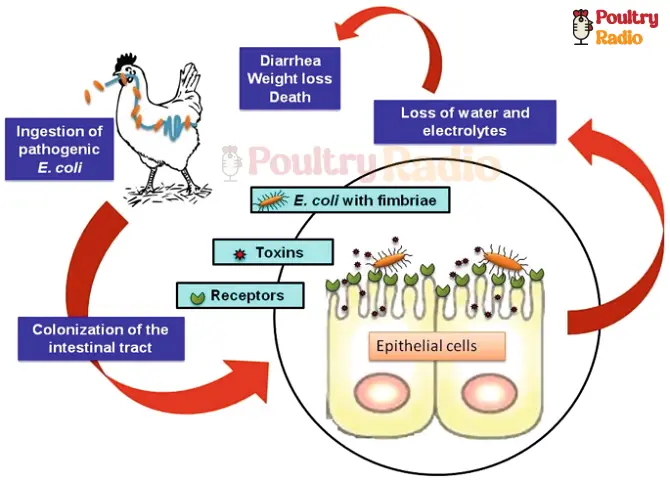
Peritonitis
- Bacteria reaches through the oviduct.
- Yellow fibrinous or fibrino-purulent (pus-like) exudate in the abdominal cavity.
Salpingitis (inflammation of the oviduct)
- In this case, the entry of coliform bacteria takes place from the vagina (retrograde infection) in laying hens.
- When E coli causes chronic salpingitis in the left larger abdominal air sac, it is also likely to occur.
- The oviduct is distended with exudate that may be cheesy and has a foul odor.
Coligranuloma (Hjärre’s disease)
- Nodules (granulomas) occur along the intestinal tract (particularly in caeca), mesentery, and the liver.
- The spleen is not involved.
- The same signs may be observed in the gizzard, small intestine, lungs, and kidneys.
- The lesions resemble those of tuberculosis. The agent is a mucoid coliform.
- Granulomas of the liver have many causes, which would include the anaerobic genera Eubacterium and Bacteroides as well as aerobic bacteria e.g. Mycobacterium tuberculosis.
Synovitis (inflammation of the synovial membrane) and osteoarthritis (inflammation of bones and joints)
- Affected birds are lame or recumbent.
- One or more tendon sheaths or joints are swollen.
- Synovitis or osteoarthritis is frequently a sequel to a systemic infection.
- With synovitis, many birds will recover in about 1 week.
- Osteoarthritis is a more severe and chronic condition where the joint is inflamed and the associated bone has osteomyelitis.
- These severe chronic infections make birds unwilling or unable to walk and necropsy findings often include dehydration and emaciation.
- Synovitis-arthritis may also be caused by Reovirus, or species of Mycoplasma, Staphylococci, and Salmonella.
Panophthalmitis (inflammation of the eye) and meningitis (inflammation of meninges)
- Occasional birds have a hypopyon or hyphema, usually in one eye, which is blind.
How do you Control Colibacillosis in Poultry?
- Measures should be applied to minimize eggshell contamination of newly laid eggs.
- Before being stored, eggs should be disinfected (washed in hot water with a temperature of 43.5 to 46 C, chlorine, or quaternary ammonium compounds) on the farm.
- Strict sanitation, disinfection, and/or fumigation measures should be followed in hatcheries.
- Avoid wetting the litter, especially early days. Salmonella, Coccidia, and E. coli can grow best in litter that has a moisture level exceeding 25%.
- Avoid dusty environments.
- Provide good quality feed, vitamins, and mineral supplementation, avoid overcrowding, and provide optimum ventilation.
- Poultry should only be fed a diet free of fecal contamination. Feeds that have been pelleted are more likely to be contaminant-free.
- Provide clean water to the birds. Chlorination of drinking water (2 ppm at bird level). Water should be regularly screened for the bacteriological examination esp. coliform count.
- 5000/100ml is the acceptable threshold of total coliform in drinking water for livestock.
- Use hydrogen peroxide to prevent the growth of biofilm in the drinking system (it destroys pathogens and is safer to use for birds).
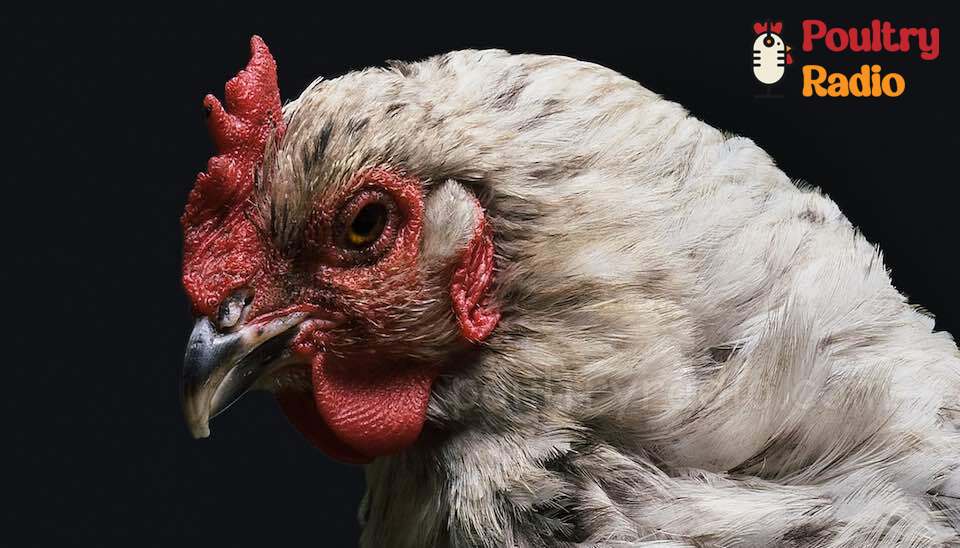
How do you Treat Colibacillosis (E coli infection) in Chickens?
- Tetracyclines
- Oxytetracycline (200 gm/ ton of feed) or 1g/4 lit of DW.
- Chlortetracycline 200 g/ ton of feed
- Ampicillin (1g/ 10 liter of water), neomycin (1g/ 5-10 liters of DW), and doxycycline (1g/20 liters of DW) are also found to be very effective in treating infection.
- Colistin is also effective against E. coli infections
- Antibiotic treatment should be given for 3-5 days at least consecutively.
- Antibiotic sensitivity testing is advisable where applicable.
- High protein diet and vitamins A and E (enhance the humoral as well as cell-mediated immune response and phagocytosis to prevent a variety of bacterial diseases). For this purpose, ADEK can be given @ 1g/12 lit of DW).
- Vitamin C @ 330mg/ kg of feed. (In drinking water @ 1g/ 2 lit of DW).
- Better to supplement with B-complex (1ml/2-4 lit of DW).
- Treatment is usually effective if given early.
Frequently Asked Questions
Is E. coli present in chicken?
E. coli is Present in the intestines of birds and mammals and is disseminated widely in feces. Birds are continuously exposed to these bacteria through contaminated feces, water, dust, and the environment.
What diseases are caused by E coli in poultry?
Colibacillosis is a condition caused by avian pathogenic Escherichia coli (APEC) that can affect birds in various ways including airsacculitis, cellulitis, omphalitis, peritonitis, salpingitis, synovitis, and coligranuloma
How do you treat E. coli?
Some antibiotics are effective against E. coli infections
Tetracyclines Oxytetracycline (200 gm/ ton of feed) or 1g/4 lit of DW.
Chlortetracycline 200 g/ ton of feed
Ampicillin (1g/ 10 liter of water), neomycin (1g/ 5-10 liters of DW), and doxycycline (1g/20 liters of DW) are also found to be very effective in treating infection.
Colistin is also effective against E. coli infections
Antibiotic treatment should be given for 3-5 days at least consecutively.
Antibiotic sensitivity testing is advisable where applicable.
What is the incubation period of Colibacillosis in Poultry?
Infection can occur through oral or inhalation routes, as well as via shell membranes, yolk, navel, water, and fomites, with an average incubation period of 3-5 days.

